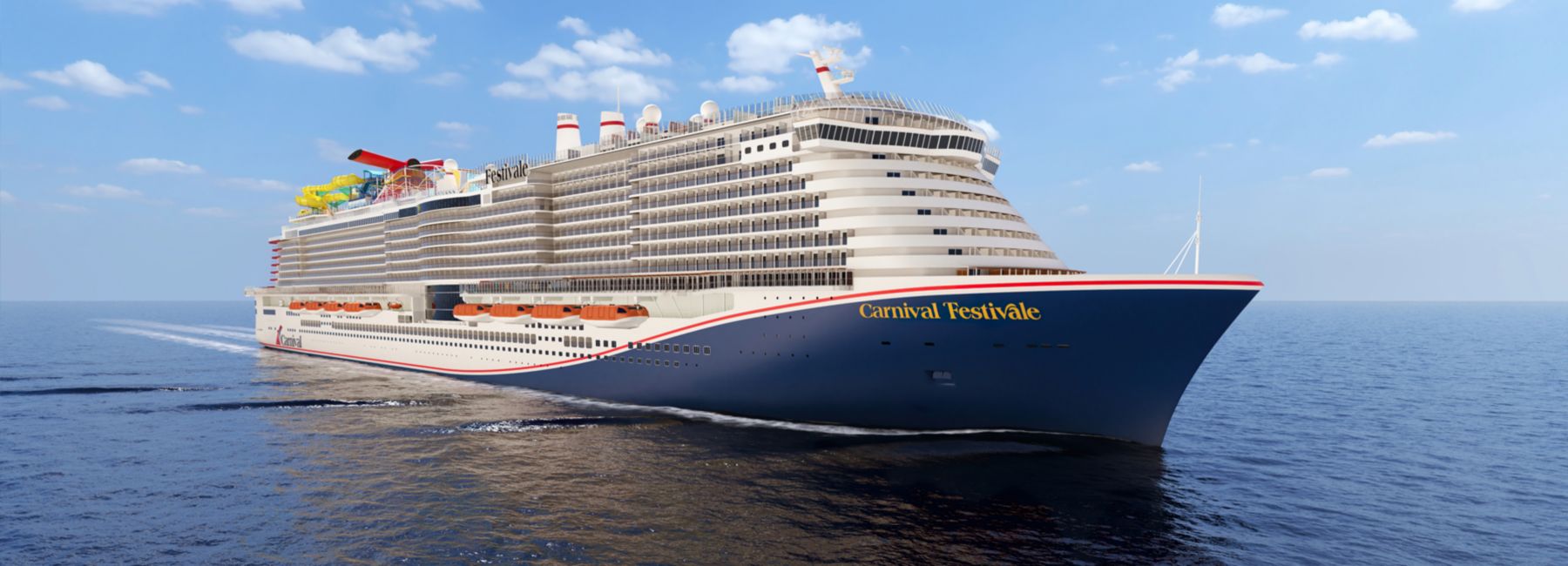Industry Spotlights | June 23, 2025
How technology is transforming the travel and tourism industry
With the 2025 Summer travel season in full swing, it’s a good time to take a closer look at a few key technological innovations and approaches that are giving travelers more choice and control than ever before.
AI and travel software solutions are playing a crucial role in delivering personalised travel experiences, from cruise ship guests receiving dining and excursion suggestions through virtual assistants, to airline passengers getting real-time flight updates throughout their journey.
In addition, technologies are available to help ensure safer and more consistent experiences for travelers voyaging by sea, air or other modes of transport.


